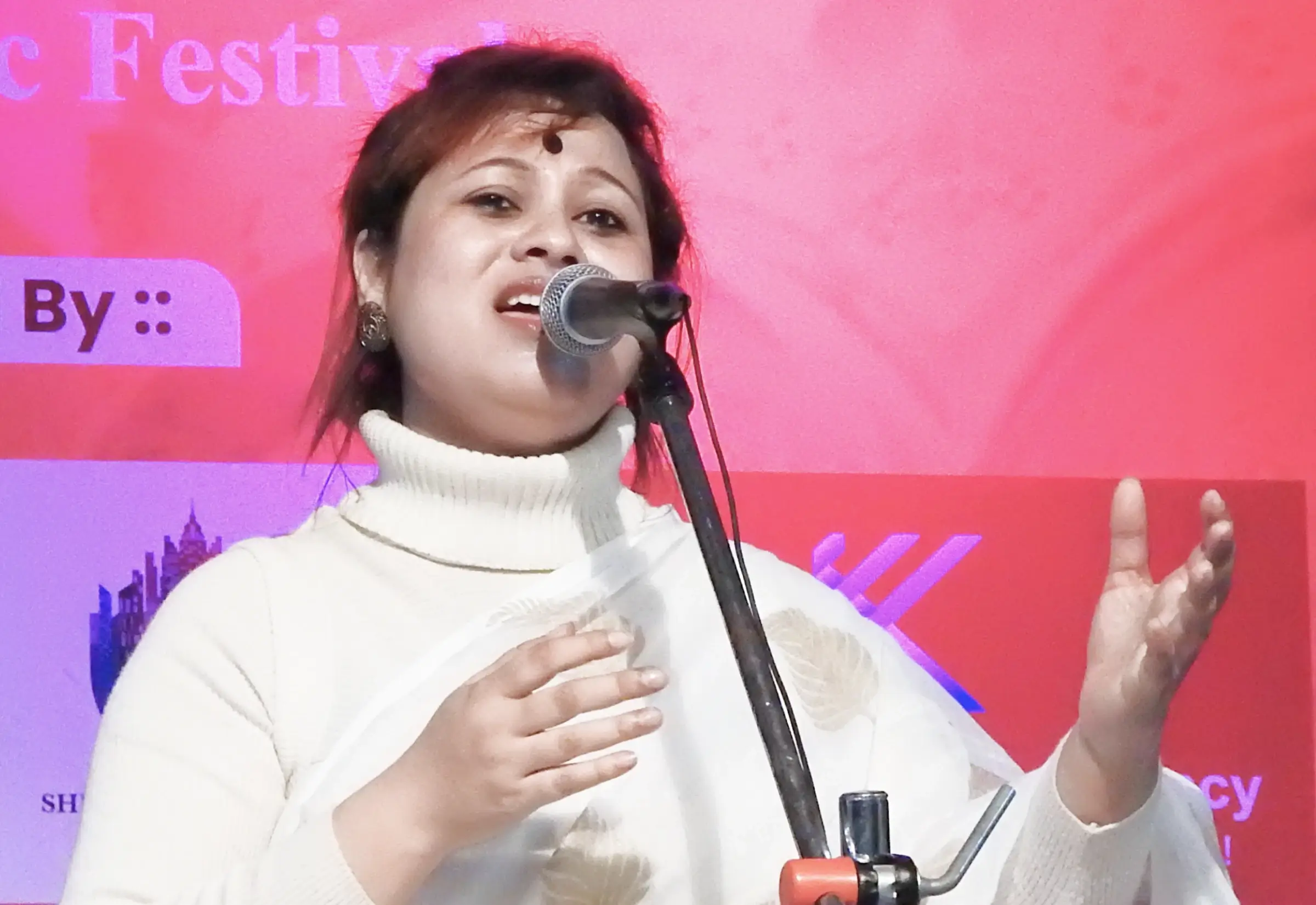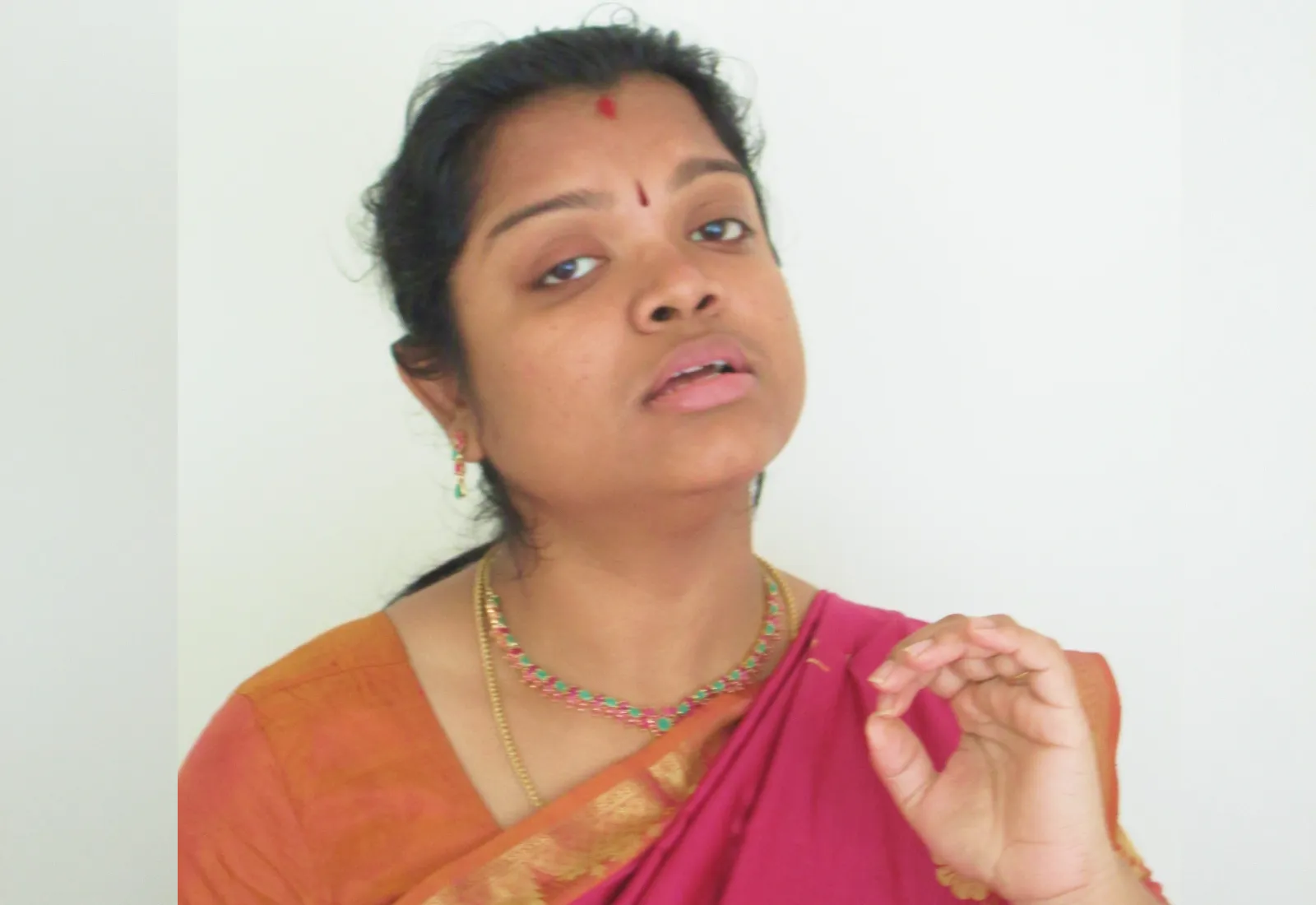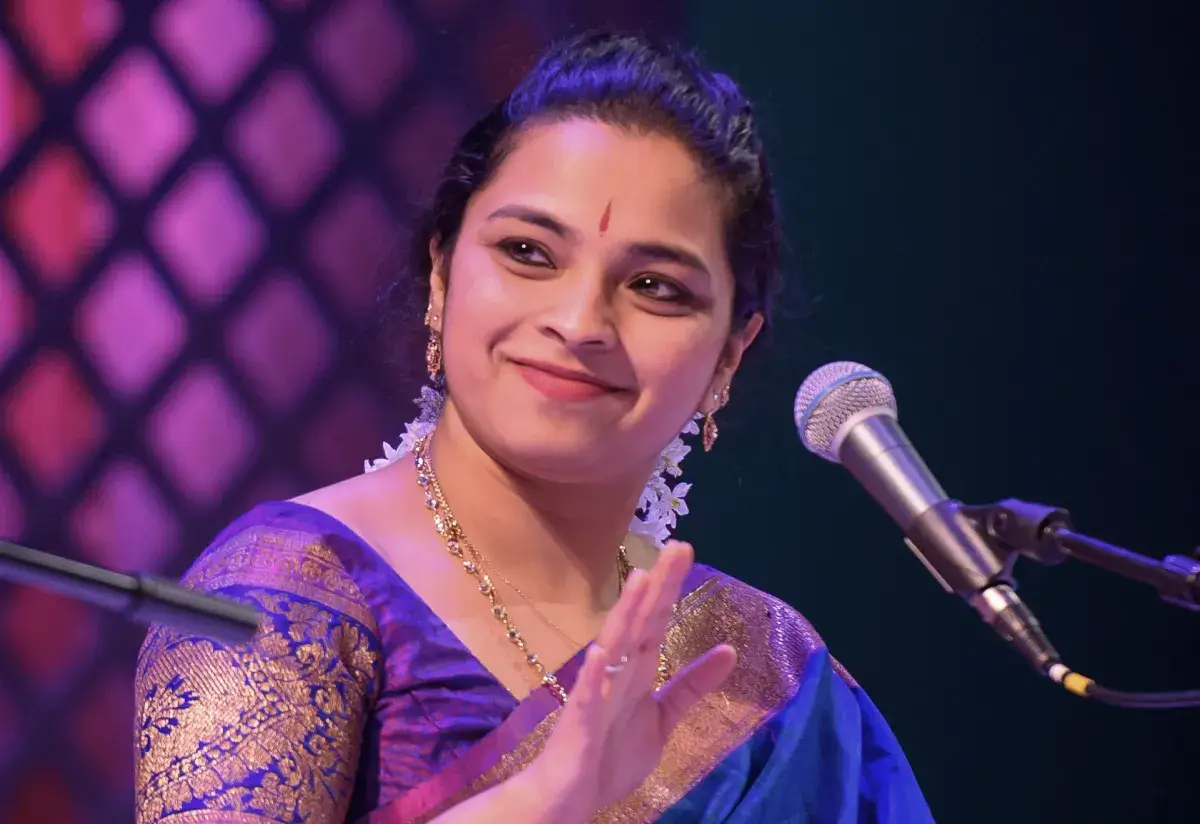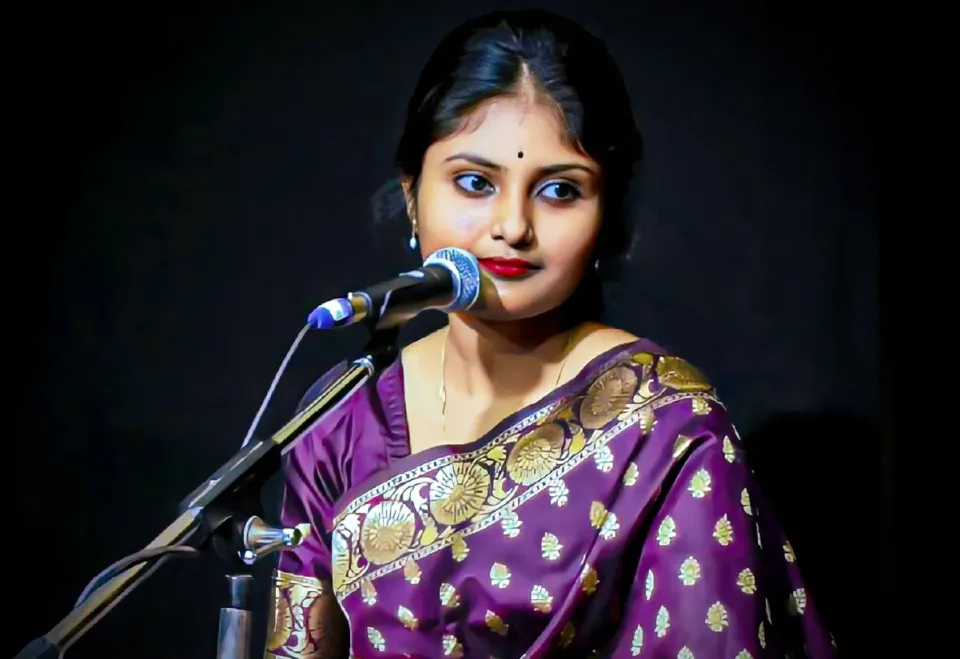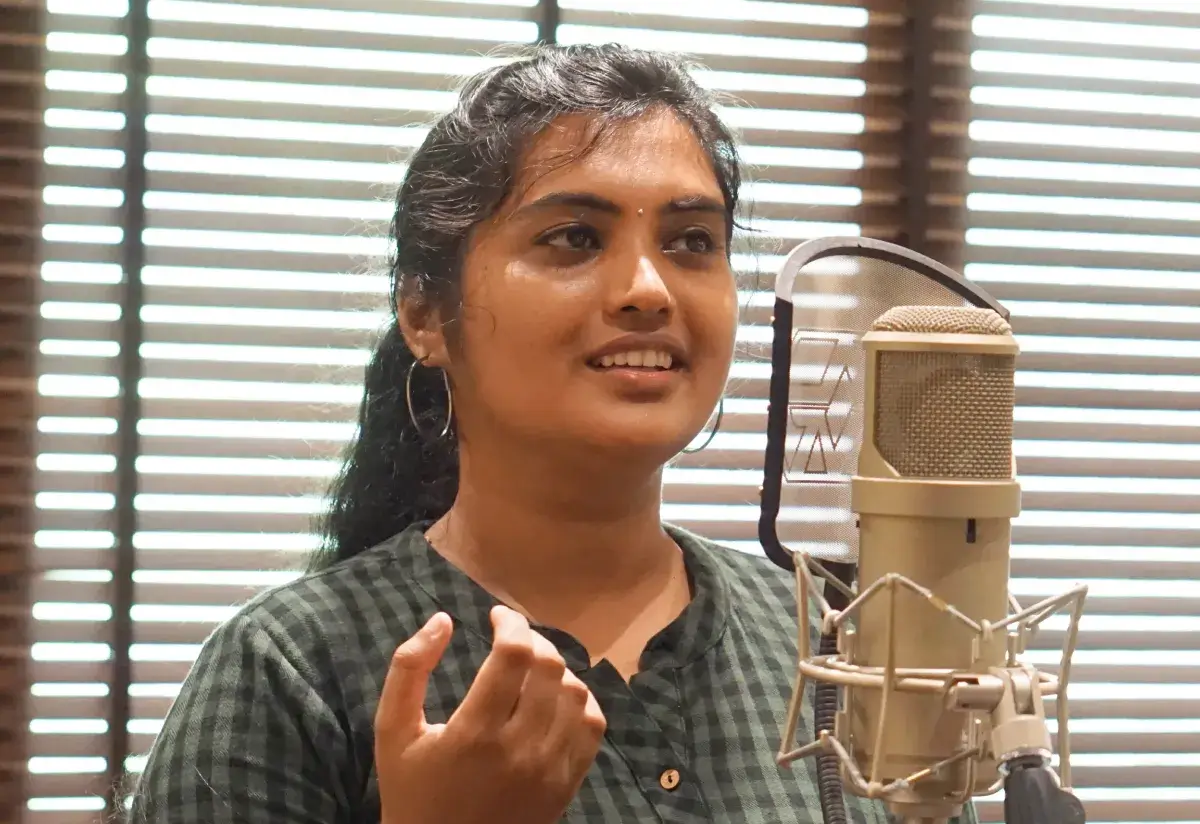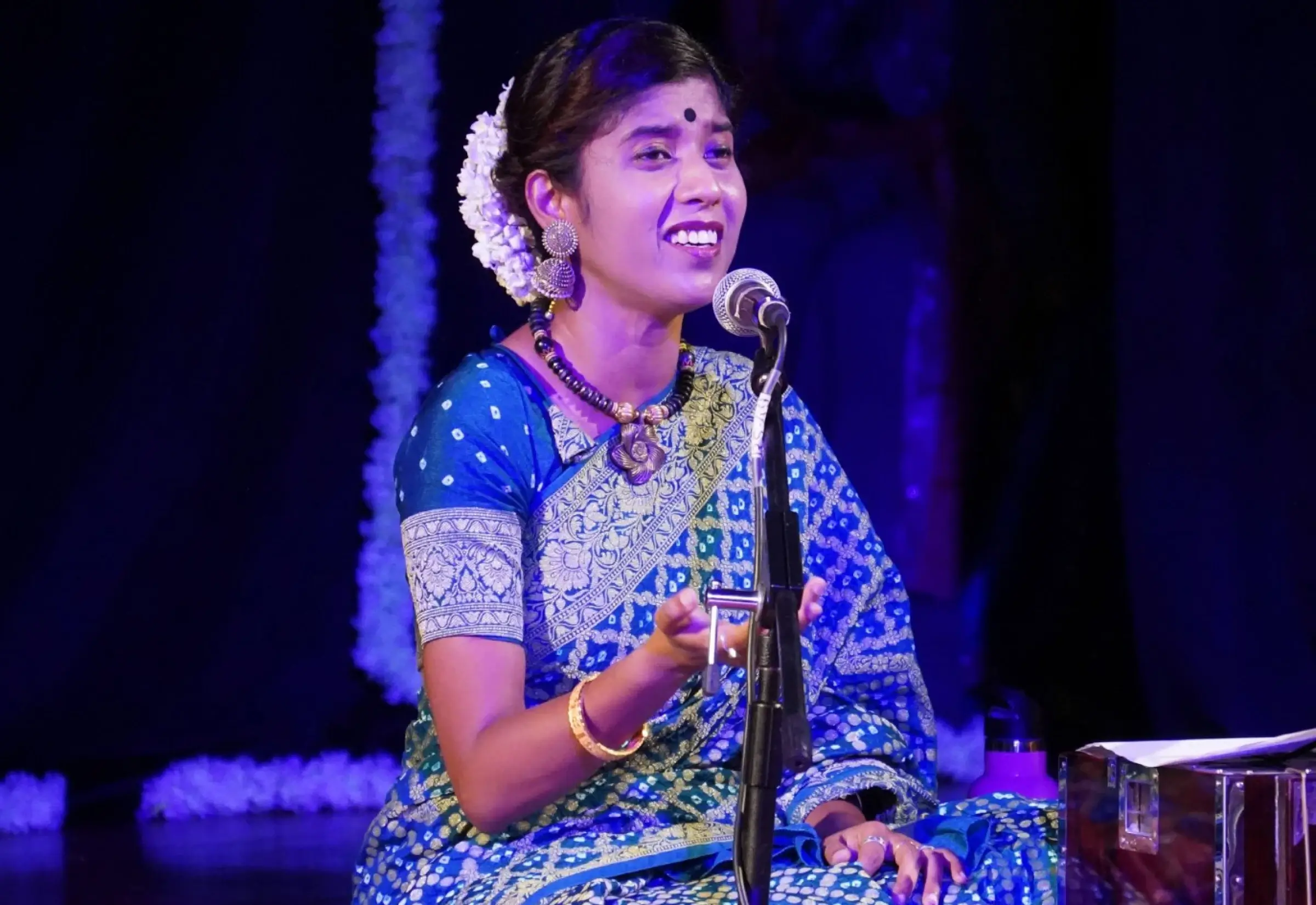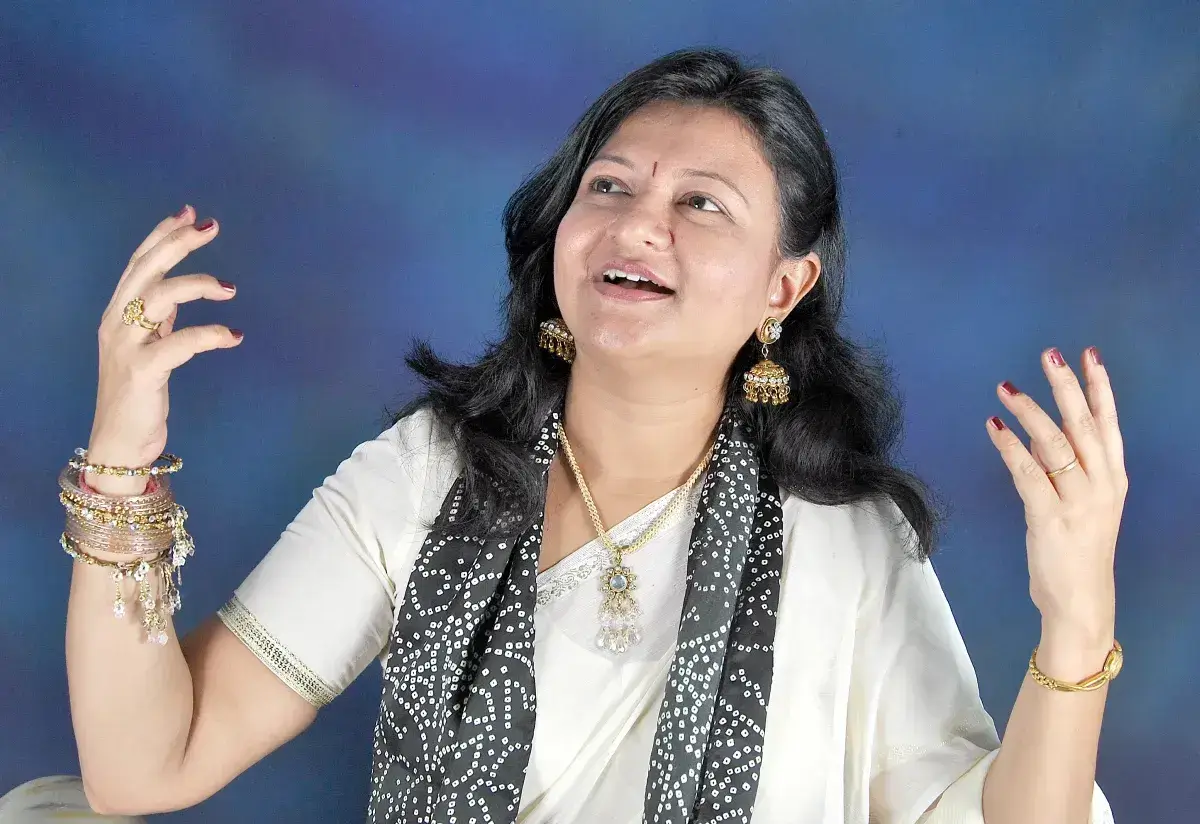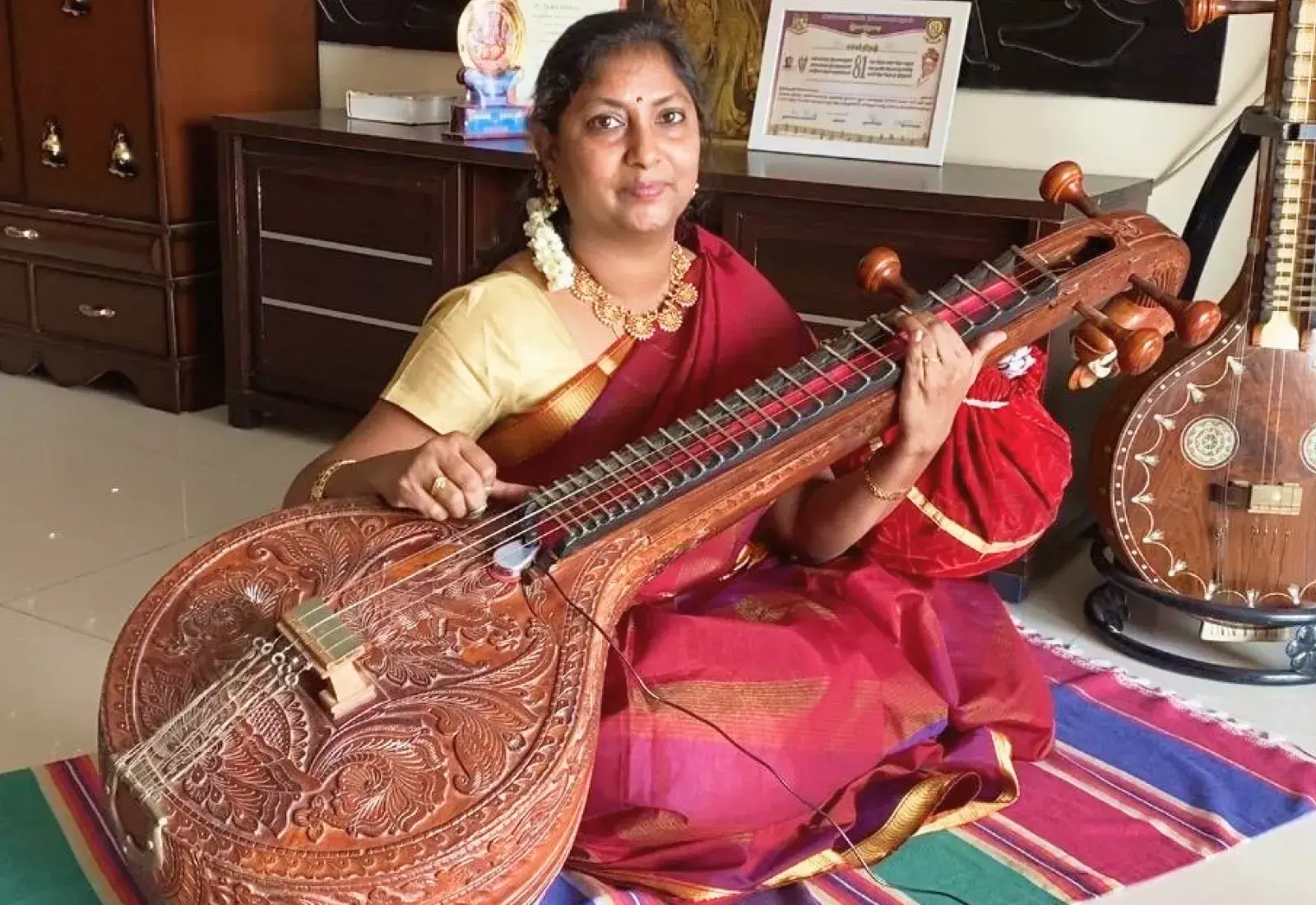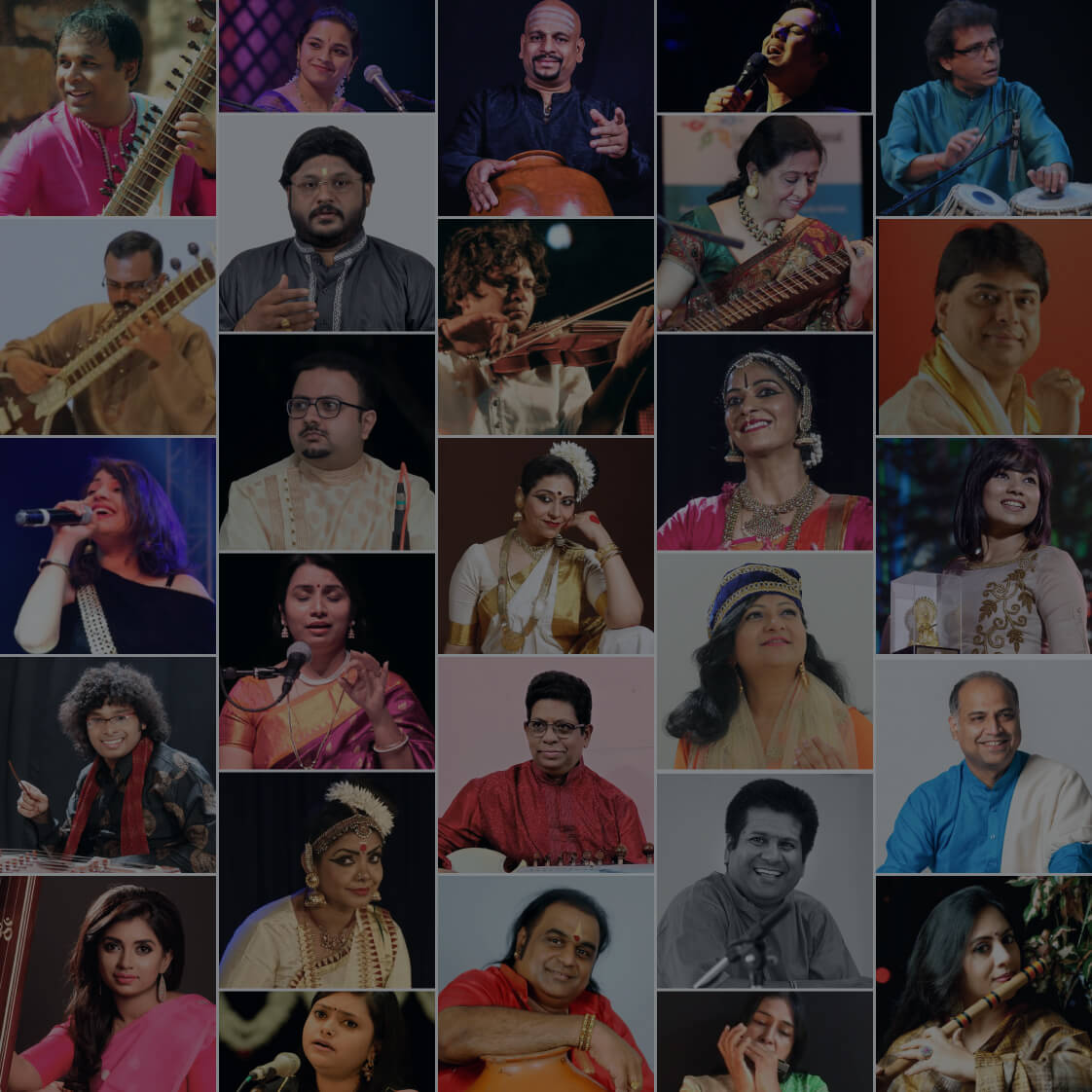What is Vocal Music? Know Types of Vocal Music
Close your eyes and hum a favorite tune. Just a rhythm and your voice, no fancy setups, tools or instruments. That's vocal music. It is possibly the most primitive, expressive, and intimate form of music there is. Before people made instruments out of metal, wood, and string, we sang. We laughed in joy, hummed in despair, and used music to express our stories, prayers, and dreams. Singing is an inherently human quality—it connects us to ourselves, one another, and something much greater. Despite being older than both history and technology, vocal music has never gone out of style. Indeed, it is constantly evolving, redefining genres, cultures, and identities with each note. This is what makes the vocal music timeless.
So, what exactly is vocal music? And what gives it such enduring power?
What is Vocal Music?
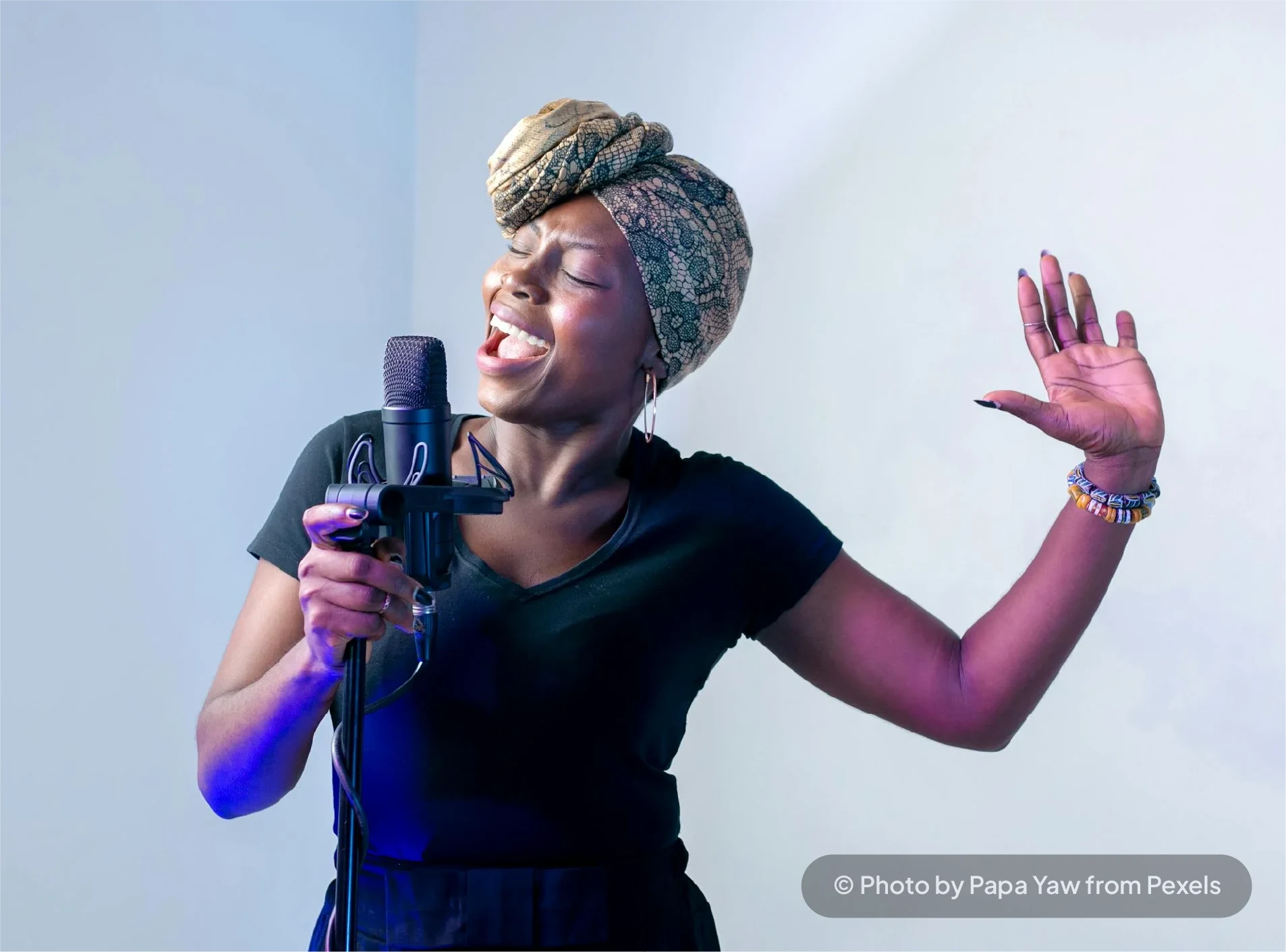
Vocal music refers to any music created mainly by the human voice. It can be played alone, in duet, or in an ensemble, and it can be entirely a cappella (instrument-free) or with accompaniment. However, the emphasis on vocalization, which produces sound making use of the body's particular instrument, distinguishes vocal music from instrumental music. Unlike a piano or a violin, the voice is inseparable from the musician. It is physically, emotionally, and inherently unique.
Every singer has a unique tone and a different timbre. Voices, whether trained or untrained, young or elderly, are shaped by their experiences and identities. That's why two people singing the same song may sound so different. This intimacy is what makes vocal music so profoundly touching. You don't just listen to it, you feel it.
Types of Vocal Music
The beauty of vocal music is that it exists in every culture and region of the world. While each culture has its own set of styles, techniques, and forms, what's important stays the same: storytelling through sound. Over the years, vocal music has expanded into a huge, genre-spanning domain. Exploring various types of vocal music reveals a world of different cultures, languages, and emotional depths.
1. Opera
Opera is a dramatic art form that blends singing with theatrical performance. Opera, which originated in Italy in the late 16th century, tells fascinating stories using music, libretto (text), and stagecraft. Opera places high vocal demands on singers, who must project their voices over orchestras without amplification, often in huge theaters. Operatic singing is distinguished by its powerful vocal techniques, such as sustained notes, vibrato, and dynamic control. The genre includes a variety of genres, including aria (a solo performance), recitative (singing in the style of a speech), and ensemble pieces. Opera continues to be a cornerstone of Western classical music, with masterpieces contributed by great composers such as Mozart, Verdi, and Puccini.
2. Choral Music
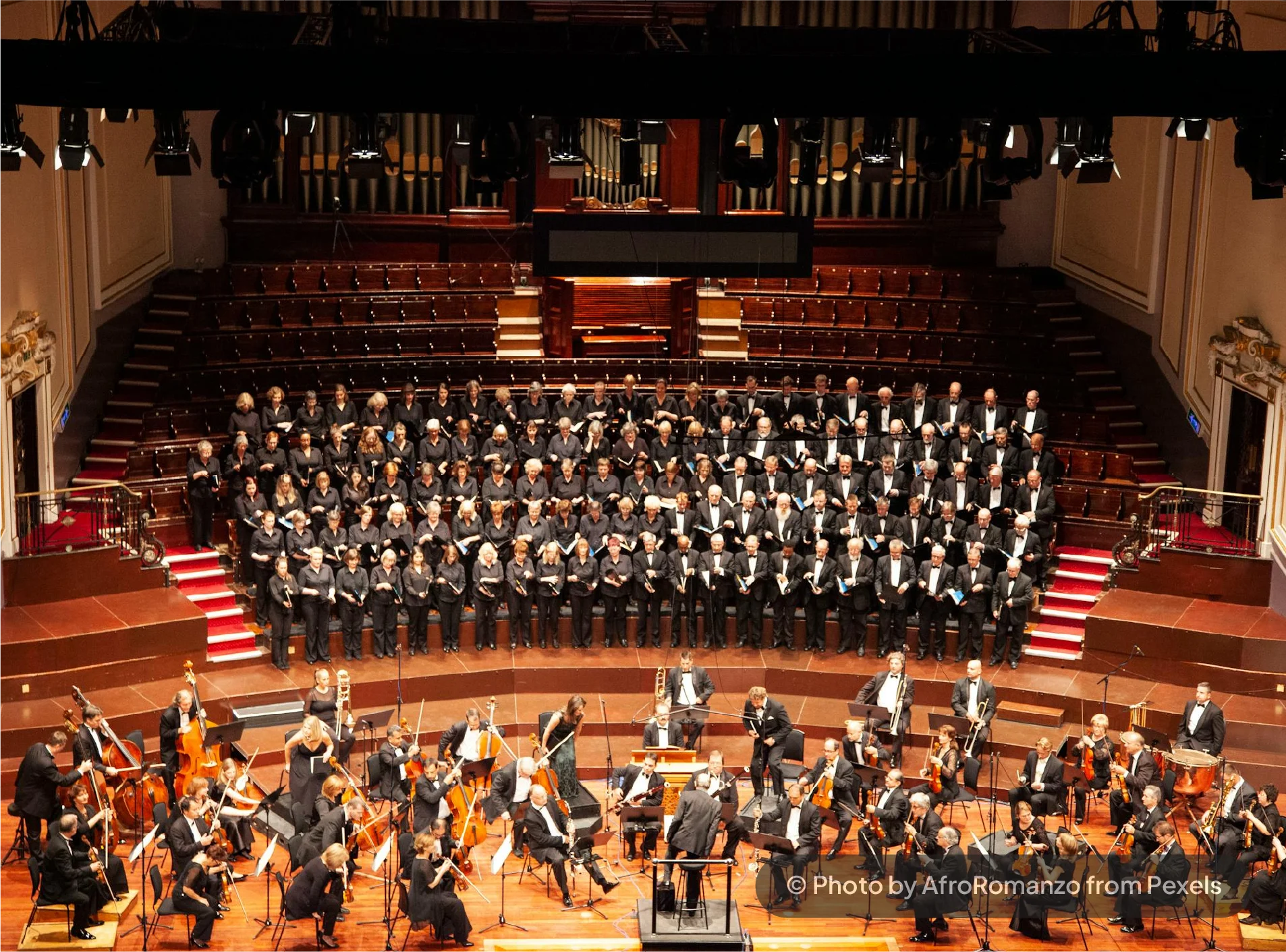
In choral music, a number of singers perform together, usually in different vocal parts like bass, soprano, tenor, and alto. This type of vocal music has a rich history in both sacred and secular settings. Choirs in religious settings recite hymns, masses, and motets, which often enrich liturgical services. Madrigals, folk tunes, and contemporary compositions are all examples of secular choral music. Choral music's beauty resides in its harmonic blend of voices, which results in textures ranging from basic unison melodies to complex polyphonic structures. Choral singing develops a sense of community and collective expression, making it a popular type of vocal music around the world.
3. A Cappella
The term "cappella" defines vocal music performed without any instrumental accompaniment.The phrase comes from Italian and means "in the manner of the chapel," indicating its early use in spiritual contexts. A cappella singing highlights the raw purity of the human voice, with soloists adding melody, harmony, rhythm, and even percussive elements. This style covers a variety of genres, including traditional chants and barbershop quartets, as well as current pop compositions and beatboxing. A cappella ensembles commonly use challenging harmonies and vocal methods to imitate instrumental sounds, highlighting the range and expressiveness of the voice.
4. Folk Music
Traditional folk music songs have been handed down through the generations. This type of vocal music frequently represents the social and cultural experiences of a community. These songs preserve a culture's oral traditions since they are usually learnt by ear and performed in casual situations. There are significant regional variations in folk vocal music, with a vast range of languages, rhythms, and scales. Love, work, history, and nature are among the most prevalent themes. While instruments may accompany folk songs, the emphasis remains on narrative through lyrics and melody. Folk music's simplicity and authenticity continue to captivate audiences, inspiring contemporary genres and maintaining cultural history.
5. Jazz and Scat Singing
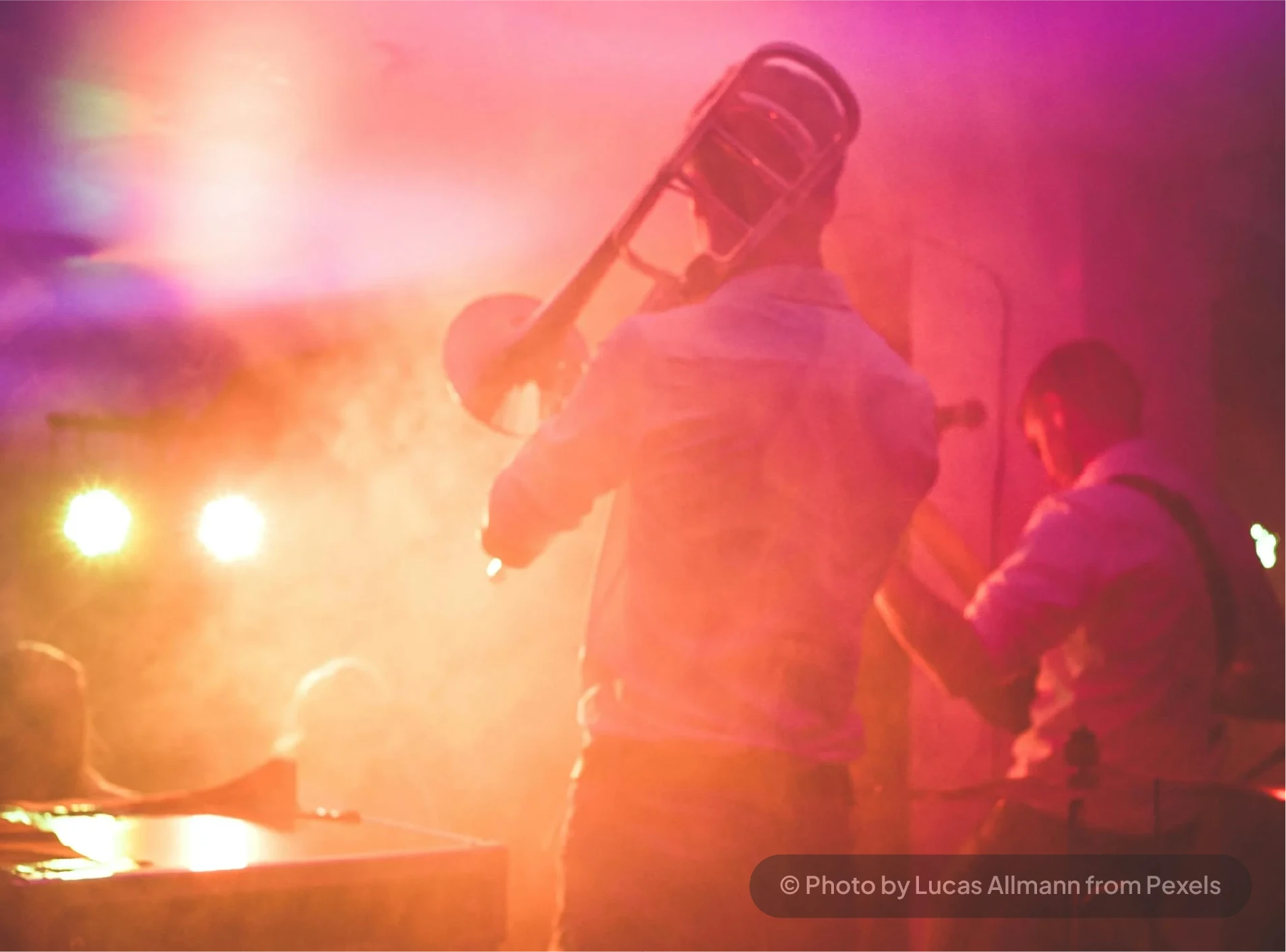
Jazz vocal music is celebrated for its passionate delivery and improvisational style. Scat singing is a unique style of jazz singing in which singers mimic instrumental solos by improvising melodies and rhythms using nonsensical syllables. Vocalists can use this technique to express their musical creativity outside of organized lyrics. Jazz singers frequently use timing, phrasing, and emotional nuance to interpret standards in their own unique ways. The genre has given rise to such iconic performers as Louis Armstrong and Ella Fitzgerald, whose talents have influenced the development of vocal jazz. Jazz singing is a vibrant and influential vocal style because it embraces uniqueness and spontaneity.
6. Pop and Contemporary Music
Pop vocal music is distinguished by its broad audience and emphasis on striking melodies and relatable lyrics. The styles that fall under this genre include hip-hop, R&B, rock, and electronic music. Pop vocalists frequently prioritize stylistic flexibility, expressive delivery, and vocal clarity. Pop music production typically includes studio upgrades, but live performances spotlight the artist's vocal ability and stage presence. Modern performers such as Ed Sheeran, Adele, and Beyoncé are prime examples of the genre's flexibility and international appeal, which is why pop music is a powerful force in the music industry.
7. Religious and Devotional music
Religious vocal music serves as a means for spiritual expression and community worship. This genre comprises hymns, chants, psalms, and gospel songs, all of which are steeped in unique religious traditions. For example, Gregorian chants are monophonic, unaccompanied sacred hymns of the Roman Catholic Church, whereas gospel music has powerful vocals and passionate delivery, frequently backed by choirs and instrumentalists. Devotional singing promotes a sense of being connected to the divine and strengthens collective beliefs. The universality of religious vocal music emphasizes its importance across nations and religions.
8. Indian Classical Vocal Music
Indian classical vocal music, which comprises the Hindustani (North Indian) and Carnatic (South Indian) traditions, is a diverse and multifaceted art form. Performers must go through rigorous practice and continuous learning to master ragas (melodic frameworks) and talas (rhythmic cycles). Hindustani vocal music, which frequently includes styles like Dhrupad and Khayal, emphasizes improvisation and expressive ornamentation. Carnatic vocal music is recognized for its complex compositions and rhythmic perfection, including styles such as Kriti and Varnam. Both traditions prioritize the spiritual and emotional bond between the singer and the listener, making Indian classical vocal music a very immersive experience. Read the blog on differences between Hindustani and Carnatic music to learn more.
9. Beatboxing
Beatboxing is a type of vocal percussion in which performers make use of their mouth, lips, tongue, and voice to imitate drum machines and other musical instruments. Beatboxing originated in hip-hop culture and has now evolved into a complex art form that incorporates rhythm, melody, and harmony. Performers frequently blend beatboxing with singing or rapping to create lush, layered compositions with no instrumental backing. This vocal technique displays the diversity of the human voice and has acquired popularity in street performances as well as professional music settings. Learn online beatboxing lessons from home.
Wrap Up - Vocal Music & It's Types
Not everyone who sings is a professional, which is absolutely acceptable. Vocal music does not require you to be a celebrity. Regardless of its various forms, all vocal music shares one thing: emotion. A song can convey what spoken words frequently cannot. If you can express yourself through your vocal music, that makes you a singer and you can use different vocal styles to express yourself. Exploring many styles of vocal music highlights the human voice's extraordinary versatility and emotional range.


